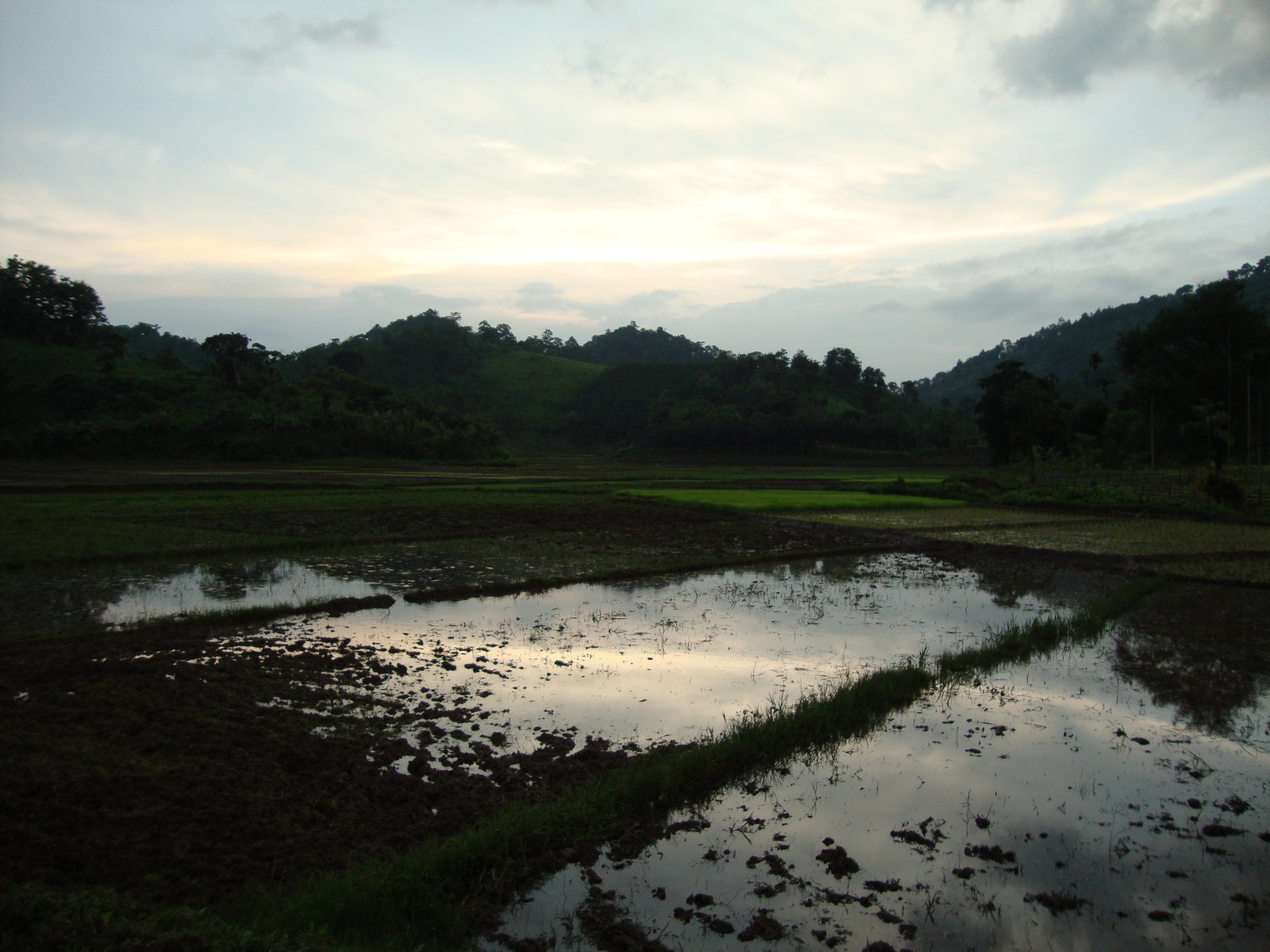Over the past two weeks, I have read with bewilderment as news has unfolded about a spate of catastrophic floods that struck the Garo Hills in Meghalaya state of northeast India. The Garo Hills have a special significance to me, because I spent nine months teaching at a school there, five years ago. I knew the Garo Hills mainly as a quiet place of farms and jungles, and friendly but reserved people. It is hard for me to imagine it as the site of a major natural disaster, and harder still for me to read about the destruction thousands of miles away without being able to do anything about it.
In the predawn hours of September 22, catastrophic floods struck parts of the Garo Hills, particularly the outskirts where the hills meet the plains of the Brahmaputra River Valley. According to the local and regional news, the floods are the worst in the hills’ recorded history. The rivers that flow down from the hills swelled from late monsoon rain and found new channels. The floods washed away almost everything in their paths, destroying huts, toppling trees, wrecking crops, and even demolishing some brick structures. More than a thousand villages were submerged, and fifty-six people lost their lives.
The floods disrupted the transportation and communication infrastructure of the Garo Hills. Landslides blocked NH-51, which is the main road to Tura, the Garo Hills’ largest town. The population of Tura depends on regular shipments of goods coming up on trucks from the plains below. At one point, the Shillong Times reported that Tura had stocks of rice for seven days and sugar for only four. Indian Air Force helicopters airlifted medical supplies into Tura, but since the town has no airport for fixed-wing aircraft, a full-scaled resupply airlift was not possible. Fortunately, relief crews were able to reopen the road before supplies in Tura reached critical levels.
Also affected was the Meghalaya electric power grid. The state’s grid runs entirely on hydroelectricity. Barapani Reservoir, near Shillong on the eastern side of the state, feeds water into the five-stage Umiam-Umtru Hydroelectric Project. In other circumstances, the heavy rainfall could have been a boon, as it filled Barapani to capacity. For the first time in several years, the Meghalaya Electric Corporation Ltd. was forced to open the spillway of the dam to prevent the reservoir from overflowing. At the same time, though, the floods damaged the state’s transmission infrastructure, leaving many areas incapable of taking advantage of the electricity. Some of the damage has proven difficult to repair. In Bajengdoba (where I lived and taught), the substation was flooded and powerlines washed away. Local boys and young men have volunteered to help the state authorities erect new powerlines, but according to the latest reports I have read, electricity has yet to return to Bajengdoba.
Although the immediate danger of the floods is past, the hazard of epidemics, particularly malaria, remains. Even after the monsoon ends, the hills dry out, and the mosquitoes die off for the winter, recovering from the floods’ destruction will be a continuing project. I have no doubt that the people of the Garo Hills will dig out and rebuild, but it may take years. In this work, I wish them all the best.
(For more about the Garo Hills, please see my post series that begins with “A Short History of Garo-Land.” Also, please see my posts about the Umiam-Umtru Hydroelectric Project, part one and part two.)

